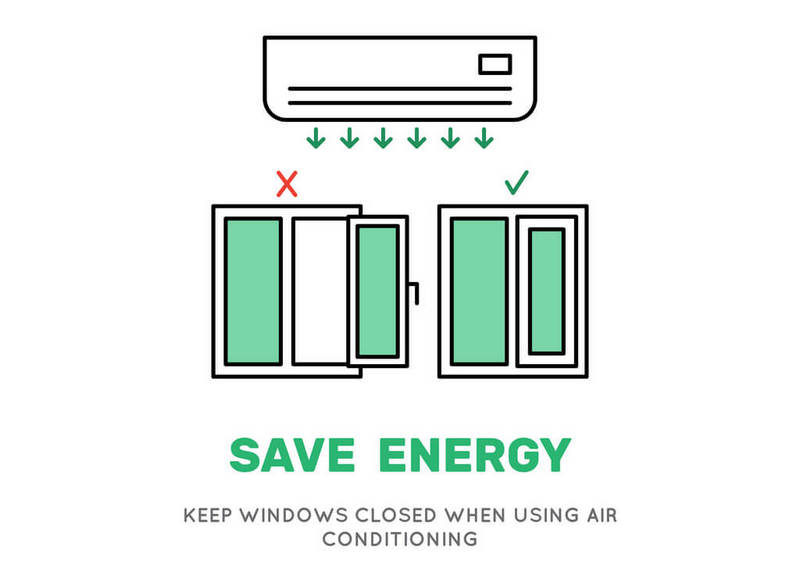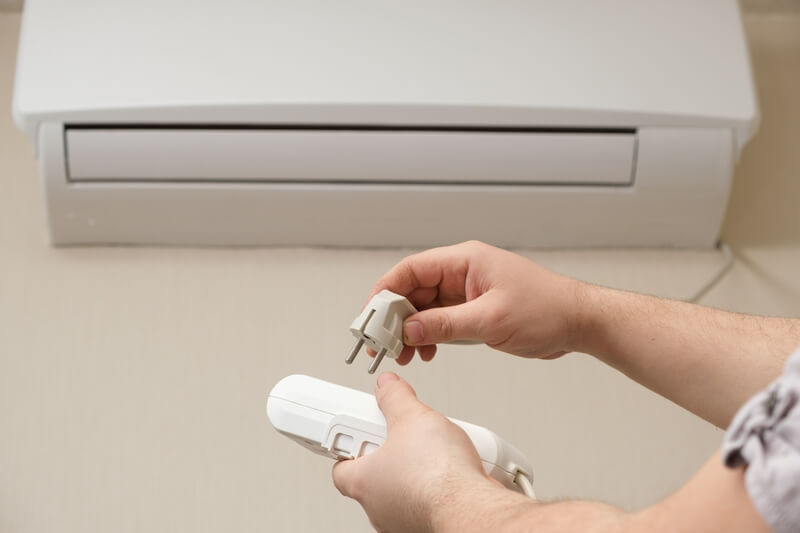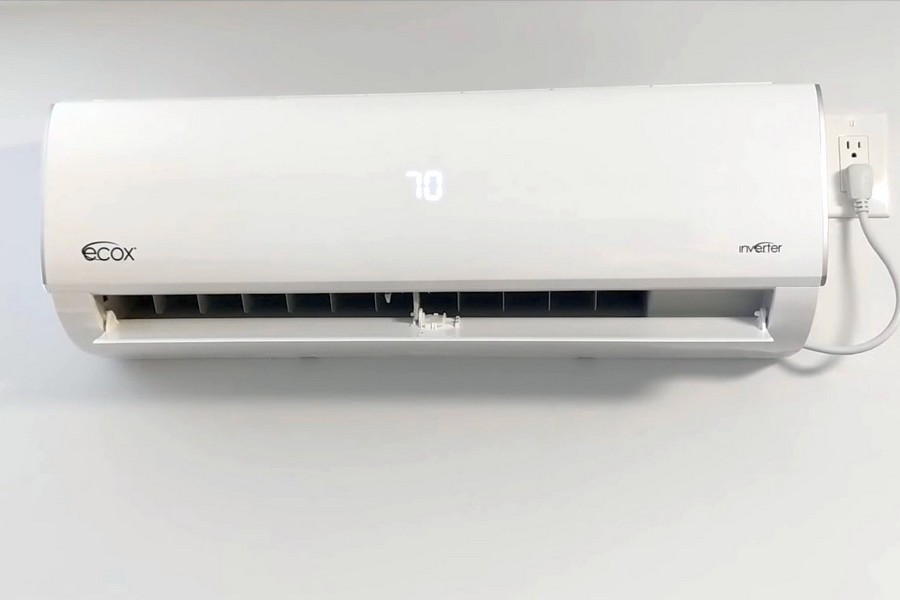Leaving the windows open while running your air conditioner is highly discouraged.
Opening windows defeats the purpose of the air conditioner, which is to provide cool air inside. When there are openings, the cool air escapes through them.
Opening windows and turning on your air conditioner is like chasing wind, and you do not want to do that.
Why is it bad to run an air conditioner with windows open?
Your air conditioner works harder
Since most of the cool air produced escapes through the open window, you will find yourself adjusting the air conditioner to a higher setting to feel the coolness. You might think that the air is cooler outside, but this is misleading. Finally, your air conditioner will wear out very quickly because of constant usage.
Higher electricity bills
The air conditioner will use more power when it stays on for long and in a higher setting.

Damage to the air conditioner
The air from outside carries with it dust and brings with it excess humidity in the house. These two are some of the components that can lead to a faulty thermostat in the air conditioner. The dust can coat the inside and outside of the thermostat, and the humidity only makes the mess murkier.
Read Also: Thermostat Won’t Change Temperature
Why is it advisable to close your windows when using air conditioning at night?
Individuals living in hot areas prefer turning off their air conditioners and opening windows at night. It usually seems like the reasonable thing to do, but they do not think of the after-effects. The night air brings in excess humidity to the house.
Leaving the windows open the entire night brings in tons of moisture. This further burdens the air conditioner during the day as it tries to get the room cool and rid it of humidity. As this works cyclically, you will find that it takes a longer time to get cool air during the day because the air conditioner is doing a lot.
Recommend: Does A Window Air Conditioner Pull Air From Outside
How to keep your space cool to allow your AC to rest without opening windows
It is not advisable to keep your windows open for long periods to prevent accumulating humidity in the house. It is a myth that the air is cooler outside because this is not always the case. The following are some steps you can take to maintain cool temperatures inside your home:
Draw curtains and blinds
When you notice the sun is up and shining, and it is getting hotter by the minute, draw your curtains and blinds, it really helps. Keeping your room free from sunlight keeps it cool. In very warm areas, this might not make much of a difference. It works by reducing the sun rays from heating the inside of the house.
Tint your windows
Tinting windows go hand in hand with drawing curtains. If you have tinted windows and curtains, they can go a long way in helping you maintain cool temperatures in your home. Tinted windows reflect light away from the house.
Read Also: How to Blackout Windows with Foil
Insulate
There is an endless choice of materials that you can use to insulate your walls, floors, and roof. Insulating may cost you money, but it is a long-term solution. Insulation works by preventing heat from getting in the house while preventing cool air from escaping the house. With insulated fittings, your air conditioner turns on fewer times to maintain an optimal indoor environment.
What setting is best for your thermostat in hot conditions?
78°F (26°C) is the ideal thermostat setting during summer. However, you can still go lower by 2-3°C without much effect. It is effective in cooling the air, and it uses electricity moderately without spiking the bill. Just remember to keep windows closed.







